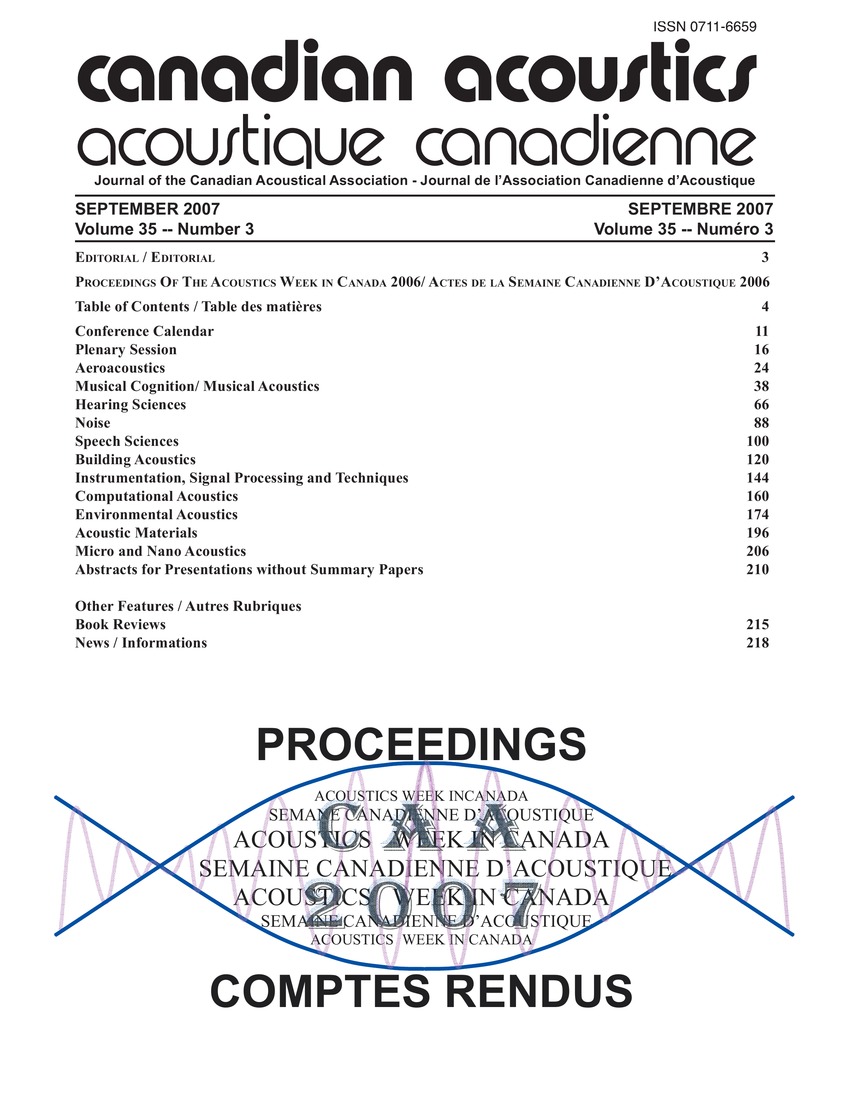Jet noise prediction: Past, present and future
Mots-clés :
Jet aircraft, Mathematical models, Navier Stokes equations, Jet shear layer, Turbulent structuresRésumé
Jet noise continues to be an important contributor to the total aircraft noise on takeoff, and the prediction of jet noise based on relatively simple models is discussed. Jet noise predictions are either based on a company's proprietary experimental database or are based on a Reynolds-averaged Navier-Stokes (RANS) simulation for the jet's mean flow, coupled with an acoustic analogy. Detailed calculations of the full time-dependent, three-dimensional near field, coupled with an extrapolation method to extend the solution semi-analytically to the far field, have been very effective. A simple model is proposed for the generation and radiation of noise by the large scale turbulent structures in the jet shear layer. Models based more closely on experimental measurements, such as those given by Harper-Bourne. Comparisons were also made with previous measurements in other anechoic jet facilities and problems with these prior measurements were identified.Fichiers supplémentaires
Publié-e
Comment citer
Numéro
Rubrique
Licence
Author Licensing Addendum
This Licensing Addendum ("Addendum") is entered into between the undersigned Author(s) and Canadian Acoustics journal published by the Canadian Acoustical Association (hereinafter referred to as the "Publisher"). The Author(s) and the Publisher agree as follows:
-
Retained Rights: The Author(s) retain(s) the following rights:
- The right to reproduce, distribute, and publicly display the Work on the Author's personal website or the website of the Author's institution.
- The right to use the Work in the Author's teaching activities and presentations.
- The right to include the Work in a compilation for the Author's personal use, not for sale.
-
Grant of License: The Author(s) grant(s) to the Publisher a worldwide exclusive license to publish, reproduce, distribute, and display the Work in Canadian Acoustics and any other formats and media deemed appropriate by the Publisher.
-
Attribution: The Publisher agrees to include proper attribution to the Author(s) in all publications and reproductions of the Work.
-
No Conflict: This Addendum is intended to be in harmony with, and not in conflict with, the terms and conditions of the original agreement entered into between the Author(s) and the Publisher.
-
Copyright Clause: Copyright on articles is held by the Author(s). The corresponding Author has the right to grant on behalf of all Authors and does grant on behalf of all Authors, a worldwide exclusive license to the Publisher and its licensees in perpetuity, in all forms, formats, and media (whether known now or created in the future), including but not limited to the rights to publish, reproduce, distribute, display, store, translate, create adaptations, reprints, include within collections, and create summaries, extracts, and/or abstracts of the Contribution.


